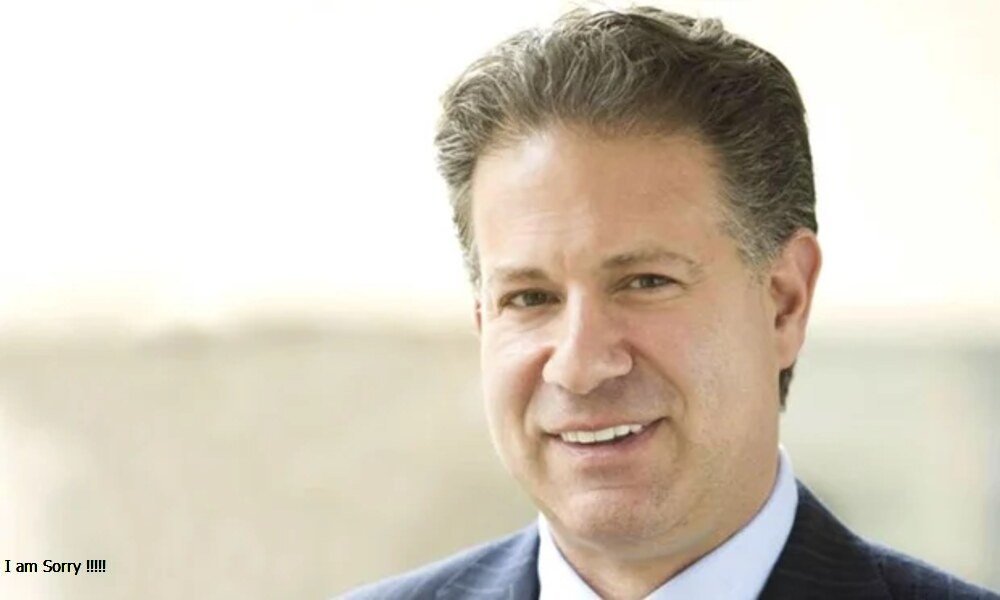Introduction to the Defamation Case
The climate scientist defamation lawsuit involving Dr. Michael Mann marks one of the most consequential legal battles at the intersection of science, speech, and accountability. At the heart of the case lies a debate over a decade involving personal attacks, controversial analogies, and persistent efforts to undermine one of the most prominent figures in climate science. This lawsuit isn’t just about clearing a name; it’s about defending scientific truth in an era where misinformation spreads rapidly. As climate change continues to polarize public discourse, the outcome of this case sets a powerful precedent for how society treats scientific voices challenged by political rhetoric.
Who Is Dr. Michael Mann?
Dr. Michael Mann is a renowned climatologist known for reconstructing past climate trends and communicating the science behind global warming to the public. He is most famous for developing the “hockey stick” graph, a compelling visual representation of global temperatures that shows a sharp rise in the 20th century, shaped like the blade of a hockey stick. This graph became emblematic of the urgent call for climate action and has been both lauded by scientists and criticized by skeptics. Mann’s visibility and vocal stance made him a frequent target of climate change denial campaigns. Still, it also cemented his role as a defender of science in the face of political and ideological attacks.
The Origin of the Defamation Lawsuit
In 2012, a series of blog posts ignited a firestorm that led to a full-blown legal war. Rand Simberg, affiliated with the Competitive Enterprise Institute, wrote a post that likened Mann’s handling of data to the behavior of convicted child molester Jerry Sandusky. The implication was not only inflammatory but highly defamatory, suggesting misconduct akin to criminal abuse. Soon after, columnist Mark Steyn echoed similar sentiments in a piece published in National Review, reinforcing the damaging comparisons. Dr. Mann, deeply concerned about the long-term impact on his reputation and professional credibility, filed a defamation lawsuit against both writers. He argued that their claims went beyond criticism and entered the realm of malicious falsehoods.
The Long Road to Trial
The legal journey that began in 2012 was long and arduous, taking more than a decade to reach its culmination. Numerous legal maneuvers, appeals, and procedural challenges delayed the trial. Free speech advocates initially attempted to dismiss the case under anti-SLAPP (Strategic Lawsuit Against Public Participation) laws, arguing that the statements were protected opinions. However, the courts ultimately ruled that a jury should decide whether the statements were defamatory. This made the case a rare instance where a climate-related defamation suit moved forward, highlighting the legal boundaries between opinion and slander in public scientific debate.
The Final Verdict and Damages Awarded
In early 2024, after years of delays and intense legal wrangling, a Washington, D.C., jury delivered its verdict. The jury found that Rand Simberg and Mark Steyn defamed Dr. Mann. They awarded $1 each in compensatory damages—a symbolic acknowledgment that Mann had suffered harm. However, the punitive damages varied significantly. Simberg was ordered to pay $1,000, while Steyn was initially ordered to pay a stunning $1 million, indicating the jury’s view of the severity of his actions. In 2025, this amount was reduced to $5,000 by a judge, reflecting procedural issues and reconsiderations. Despite the reduction, the verdict sent a strong message about accountability in public commentary.
Reactions from the Scientific and Legal Communities
Dr. Mann expressed both relief and hope following the jury’s decision. He described the outcome as a victory for science and a warning to those seeking to discredit scientists through smear campaigns. The legal and scientific communities responded with mixed emotions. Many praised the verdict as a bold stand for truth, especially in a climate where scientific voices are frequently targeted. Others worried about the chilling effects such lawsuits could have on open discourse. Mark Steyn remained defiant, criticizing the decision and raising concerns about the suppression of free expression. Yet, for many in the academic world, the outcome underscored the importance of defending scientists who face orchestrated attacks.
Broader Implications for Climate Science and Free Speech
This case touches upon a more extensive debate over the limits of free speech and the protection of scientific reputations. While public discourse should allow room for critique, it must also safeguard individuals from malicious falsehoods designed to discredit them. For climate scientists, who often operate under intense scrutiny and public pressure, the case highlights the need for stronger legal frameworks that recognize the vulnerability of scientific truth to ideological attacks. The lawsuit also sets a precedent: while criticism is valid and necessary, it cannot be a cover for defamation. It draws a more transparent line between disagreement and deliberate character assassination.
Media Coverage and Public Opinion
The case garnered extensive media coverage, especially after the verdict. Major outlets like The New York Times, The Guardian, and CNN detailed the implications for both science and journalism. Public reactions were polarized. Supporters of climate science viewed the ruling as a long-overdue vindication, while free speech advocates voiced concern about the implications for journalistic freedom and opinion commentary. Social media played a pivotal role in shaping perceptions, with hashtags, memes, and threads sparking heated debates. Some users celebrated Mann as a hero, while others accused him of silencing dissent. The digital amplification of opinions showed how divided the public remains on climate and free speech issues.
What Comes Next for Dr. Mann and the Defendants
As of 2025, both parties face new chapters. Dr. Mann continues his work with a legal precedent in his favor. He has signaled that the case is part of a broader effort to ensure scientists are not bullied into silence. For Simberg and Steyn, the verdicts have legal and reputational ramifications. Steyn, in particular, has indicated plans to appeal or seek further judicial relief. Regardless of future legal twists, the case will likely be cited in future debates about defamation in the scientific and political arenas. It also serves as a lesson to media personalities about the risks of inflammatory language under the guise of opinion.
Conclusion – The Legacy of a Landmark Climate Lawsuit
The climate scientist defamation lawsuit brought by Dr. Michael Mann is more than a courtroom drama. It is a milestone in the ongoing battle between science and misinformation. The legal victory affirms that truth can prevail through due process, even in a highly polarized environment. It also reinforces the value of reputation for those in the scientific community. As climate change continues to dominate policy and public concern, the need to protect scientific voices becomes ever more critical. The case will remain a landmark for years to come—a reminder that facts, no matter how inconvenient, deserve defenders in every sphere, including the courtroom.
Do Read: Walmart Truck Driver Lawsuit – Breaking Down the Latest Legal Battle















